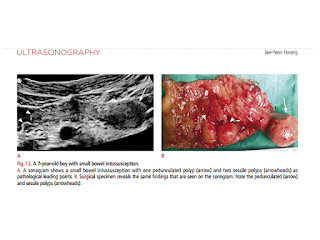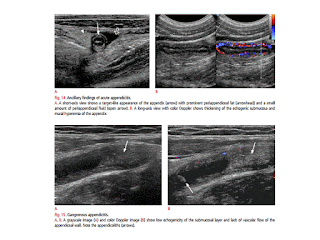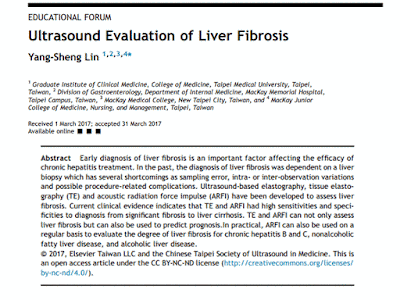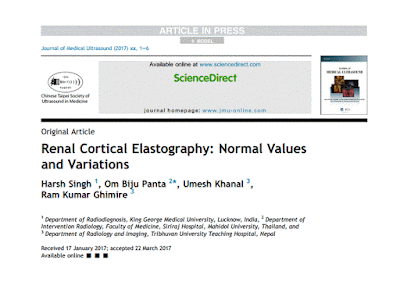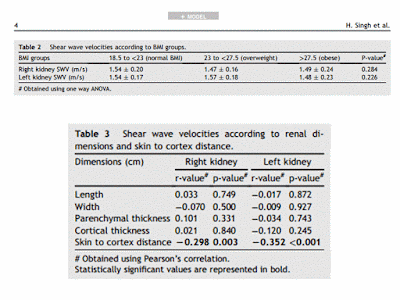August 29, 2017 -- Women in the U.S. aren't aware of uterine fibroid embolization (UFE) as a minimally invasive treatment option for uterine fibroids, according to results from a nationwide poll released August 29 by the Society of Interventional Radiology (SIR).
According to the survey report, called "The fibroid fix: What women need to know," only 44% of women diagnosed with uterine fibroids have heard of UFE, SIR said.
"Misperceptions about uterine fibroids and the treatments available often lead women to undergo invasive and potentially unnecessary surgery for their fibroids, despite more than 20 years of clinical use supporting uterine fibroid embolization," said Dr. James Spies of Georgetown University Medical Center, an advisor for the report, in a statement released by SIR.
It's important that radiologists -- especially those who perform interventional procedures -- communicate to patients and referring physicians that UFE is a good fibroid treatment alternative.
"Interventional radiologists have helped thousands of women over the years treat their fibroids and regain control over their lives," Spies states in the report.
Effective alternative
The survey was commissioned by SIR and conducted in June by the Harris Poll. It included 1,176 U.S. women ages 18 and older.
Nearly 600,000 hysterectomies are performed each year in the U.S., but some may not be required, according to the report.
"While hysterectomies are necessary for many conditions, they are often not needed to treat uterine fibroids," the authors wrote. "Unfortunately, they seem to be presented as the only, or one of the best, options to treat these noncancerous growths."
UFE is performed by an interventional radiologist who inserts a thin catheter into an artery at the groin or wrist, guiding it to the fibroid's blood supply and releasing small particles to block the blood vessels feeding the fibroid. After treatment, women tend to be back to normal activity in about a week; approximately nine out of 10 patients who undergo UFE experience significant improvement, with many reporting that their symptoms disappeared completely, according to SIR.
But most women aren't aware of UFE, SIR found. Survey results showed that only 46% of women diagnosed with uterine fibroids were aware of UFE, even though 59% of women diagnosed with fibroids felt that having their doctor discuss all options with them is the most important factor for selecting a treatment.
Other survey results include the following:
- 57% of U.S. women do not think they are at risk of developing uterine fibroids.
- 62% of women have never heard of UFE.
- 19% believe fibroids are cancerous and require removal of the uterus.
- Among women who have heard of UFE, 73% did not first learn about it from their ob/gyn. They learned about it from other sources such as friends or family (32%), their own research (9%), or, particularly for younger women, advertising (23% for women 18 and older; 38% for women 18-34).
- 20% of women think hysterectomy is the only treatment for fibroids. Of those diagnosed with fibroids, 11% think hysterectomy is the only treatment option.
UFE is less time-consuming than hysterectomy, according to SIR: Women who undergo the procedure spend 79 minutes in the treatment room, compared with 95 minutes for a hysterectomy and 109 minutes for a myomectomy. And women spend as little as one day in the hospital following UFE, compared with five days for those who have a hysterectomy.
These time savings translate into cost savings, according to the report. For a healthcare facility, UFE is more cost-effective than hysterectomy, due to the shorter time required for the treatment and the shorter length of hospital stay.
Need to know
Women need to know about all available fibroid treatment options, the SIR report concluded.
"Ensuring that women have the complete information they need to make the right decision about treatment is vital to providing the best care possible," the authors wrote. "That includes educating women about treatments beyond hysterectomy or other surgical options. Women deserve to know about UFE, and it is the job of clinicians to help inform them.











